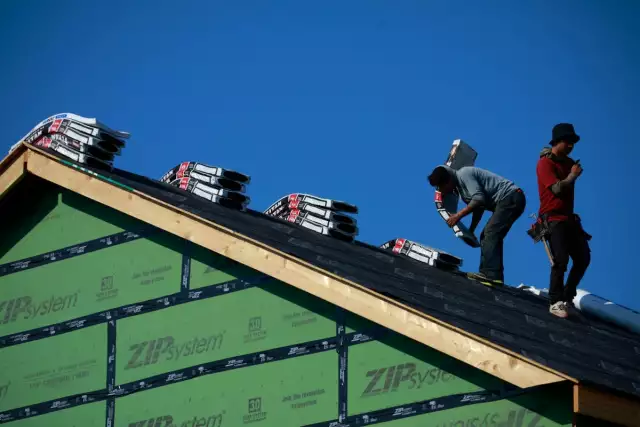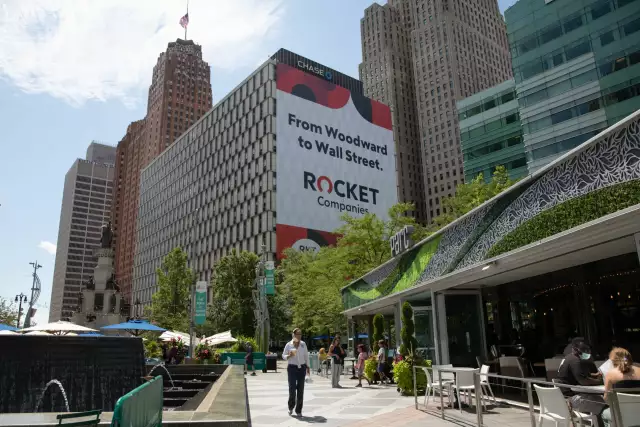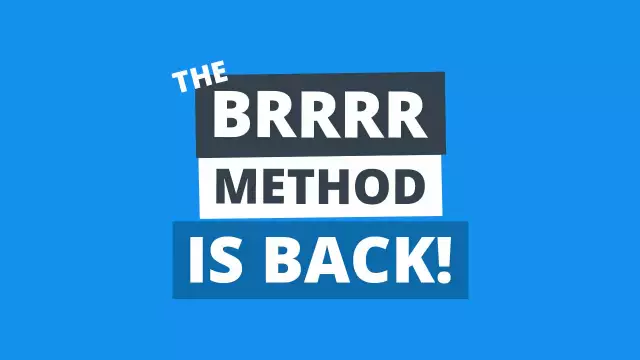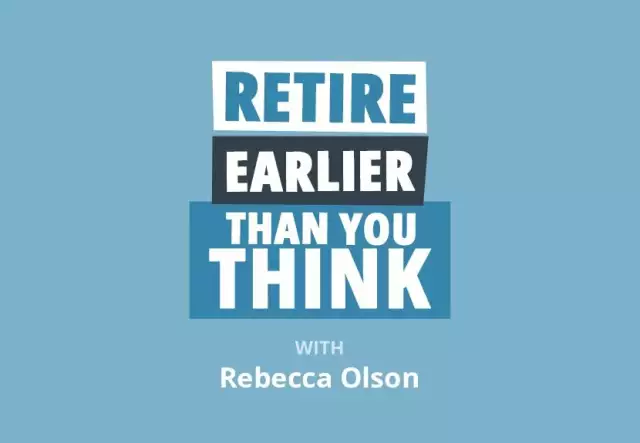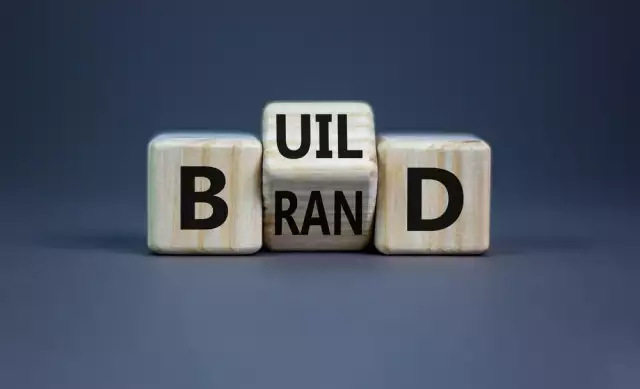Buying A House Is About To Get Even Harder
Buying A House Is About To Get Even Harder
Contractors work on the roof of a house under construction at the Norton Commons subdivision in ... [+] Louisville, Kentucky, US, on Friday, July 1, 2022. With fewer buyers competing, the number of active US listings jumped 18.7% in June from a year earlier, the largest annual increase in data going back to 2017, Realtor.com said in a report. Photographer: Luke Sharrett/Bloomberg
© 2022 Bloomberg Finance LPContractors work on the roof of a house under construction at the Norton Commons subdivision in ... [+] Louisville, Kentucky, US, on Friday, July 1, 2022. With fewer buyers competing, the number of active US listings jumped 18.7% in June from a year earlier, the largest annual increase in data going back to 2017, Realtor.com said in a report. Photographer: Luke Sharrett/Bloomberg
For all those who’ve been frustrated by the continuing need to rent because of the lack of affordable housing, the near-term future is looking overall at least as bad as the immediate past.
There’s a three-part problem: a vicious demand circle, the economics of building, and investors.
Vicious demand circle
No one need tell you the personal impact of a freakishly disruptive housing market. However, some details about the current dynamics, although it doesn’t immediately solve problems, might help in planning and knowing when to shift back to searching for a house (because, if you can afford the fixed rate payment, you’ll eventually be ahead of rents that keep rising, even if at a slower pace than recently).
The demand and supply issues go back to the Great Recession in 2008. Millions of homes entered foreclosure, credit seized up like a 25-year-old car with a two-year-old oil leak, and the housing market tanked when property values collapsed.
Those are conditions that make everyone in the house construction and development business go into a panic attack. Not only was it next to impossible to get a mortgage for most people, but construction loans were also incredibly hard to land. Builders went into other areas of work—or, as many did, simply closed shop.
Houses were still being built, but at nowhere near the volume necessary to keep up with a growing population, as had been the normal state of affairs. The same for apartment buildings, by the way. The result, nowhere near enough supply and far too little as years went on.
Prices rose, especially after the pandemic when there was a premium on more living, working, and studying space in a home. But even with financial aid to many, millions and millions had lost what seems to have been permanent ground. Wages never kept pace with long-term inflation, which was ridiculously low, because corporations don’t want to split profits with workers and make somewhat less themselves.
Now demand is way down, just as prices and mortgage rates are up, and that means fewer units available, so prices, while starting to come down somewhat, are still historically astronomical for most people.
Economics of building
The lack of demand is one pressure on building. Why construct homes if there aren’t enough people buying? That will aggravate the problem.
As the Census Bureau, which keeps tabs on this question, reported, “Privately-owned housing starts in June 2022 were at a seasonally adjusted annual rate of 1,559,000. This is 2.0 percent (+/- 9.0%)* below the revised May 2022 estimate of 1,591,000.”
That isn’t an iron-clad certainty, as the Census followed that up with the following phrase: “The 90% confidence interval includes zero. The Census Bureau does not have sufficient statistical evidence to conclude that the actual change is different from zero.”
In other words, no one for sure can say if there actually was a change from May to June or whether the whole thing means nothing. But those in and around the industry are reacting because they can’t afford to be caught flat-footed.
“US housing starts were weaker than expected in June, falling 2.0% to a [seasonally adjusted annual rate] of 1.559mn,” Oxford Economics wrote in a note. “The reading was softer than the headline suggests since all of the decline was in the single-family sector, which makes the larger contribution to GDP growth. Building permits, the more forward-looking gauge of housing construction, were stronger than expected, but all of the gain was in the multi-family sector.”
As the National Association of Home Builders wrote, “Increased interest rates, building material supply chain bottlenecks and elevated construction costs continue to put a damper on the single-family housing market. For the first time since June 2020, both single-family starts and permits fell below a 1 million annual pace.”
There’s some less-than-bad news, according to a note from Jeffrey Roach, chief economist for LPL financial: “Housing starts declined as demand is quickly drying up from higher borrowing costs. In addition, homebuilders are likely dealing with difficulty in finding qualified construction workers along with high building material costs.”
But while some materials costs have gone down, others remain elevated. As Roach noted, labor is also an issue. Developers around the country have been telling me for months that they can’t find enough help, materials are running late (even as wood prices drop significantly, although not to the old pre-pandemic levels), and it’s difficult to finish projects, which also means less building and reduced supply.
Investors
There’s a belief among many that big investors own a huge percentage of houses in the U.S., taking them off the market and turning them into rental homes, outbidding regular people. That isn’t exactly the case, but it’s close.
The total is maybe 2% to 3%, but recently, investors have snapped up about a fifth of homes on the market so they can rent them to people who can no longer afford to buy. It’s not that the investors outbid people. That would defeat the purpose because then they wouldn’t get enough in rent to make a profit. But what they do is go in with cash buys that can close immediately. Sellers prefer that to seeing if someone actually gets a final mortgage approval.
So, investors are taking an increasing share of homes, and the largest portion of them are in the less expensive category, which affects those who don’t have a lot of choices due to their economic circumstances. Higher mortgage rates will make competition with investors even harder.
The country has to build more
Some places try to legislate against investors buying homes. Others cross their fingers and push to keep their current comfortable lifestyles and not encourage more building. But that’s no longer an option. Even large cities, with little open land, have to find solutions, if for no other reason than to make it possible for workers to reach their jobs without pumping more greenhouse gases into the atmosphere.
We need big changes in zoning, in financing, and, most importantly, in the recognition that housing has a stature and importance that’s greater than the need to grind out ever greater profits.
